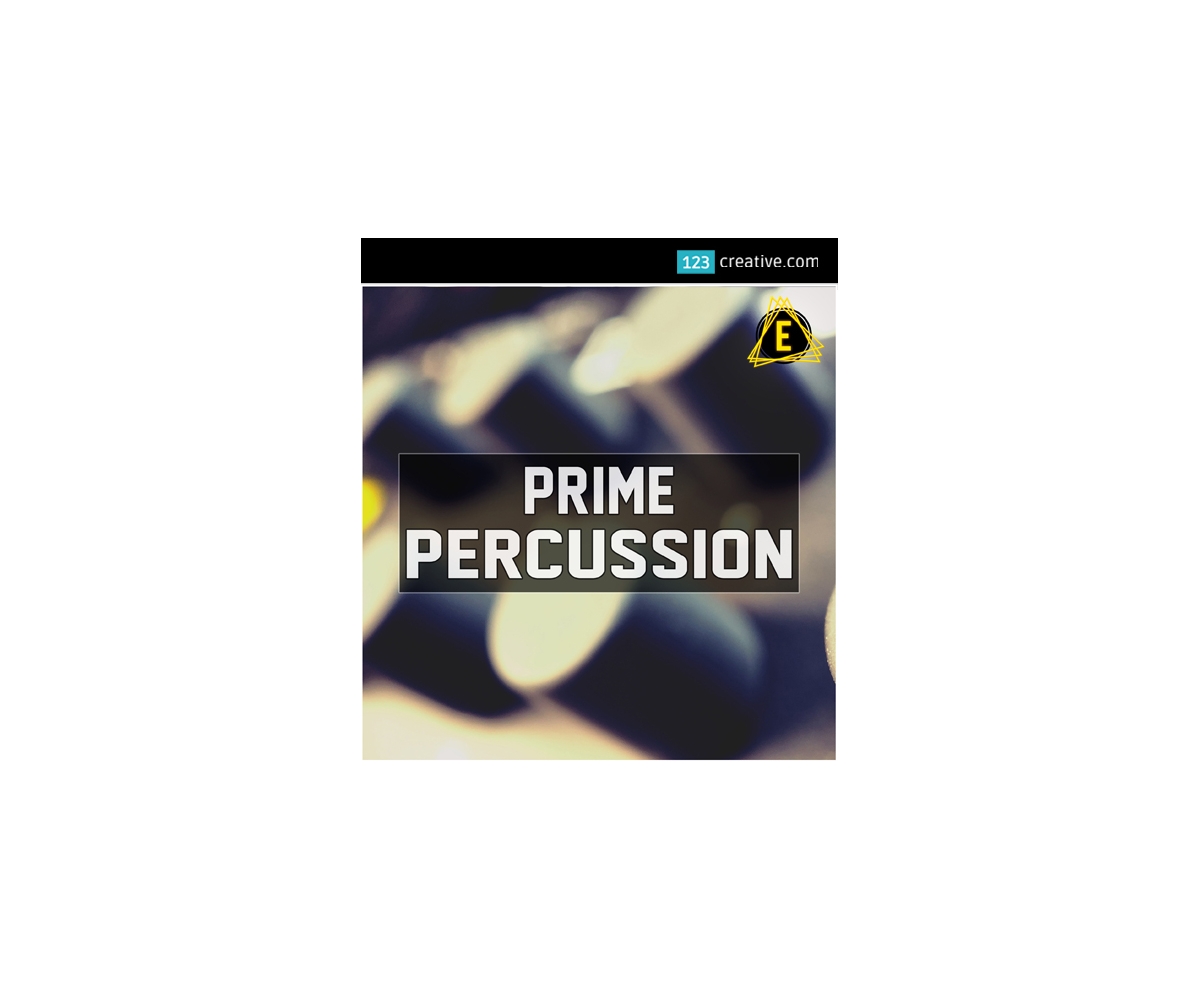
- #DIGITAKT SOUND PACKS GENERATOR#
- #DIGITAKT SOUND PACKS SOFTWARE#
- #DIGITAKT SOUND PACKS OFFLINE#
- #DIGITAKT SOUND PACKS PLUS#
#DIGITAKT SOUND PACKS OFFLINE#
In use it’s like a cross between a randomisation tool and an offline arpeggiator. The former of these is handy for speeding up the creation of repeated beat elements you can, say, input a kick drum with a Step value of 4 to quickly duplicate it across every beat in your groove.įill, on the other hand, can auto-generate patterns across an assigned selection of steps, based around configurable parameters. On the sequencing front, two of Tracker’s most interesting tools are its Step and Fill functions. There are a few elements of the Pattern creation workflow that might seem jarring to those not used to trackers the need to manually input note off/fade triggers to silence an instrument, for instance, or the lack of global swing, meaning that micro-timing/tempo adjustments are required for creating looser grooves. The two FX parameters, rather than dealing exclusively with effect parameters, can assign multiple types of playback conditions and parameter changes.įor instance, as well as being used to dictate volume and delay send level, the FX slots can also engage rolls, micro-timing/-tuning adjustments, reverse sample playback and set probability levels for each step.

You don’t need to buy into the whole tracker thing to enjoy this instrument The first two of these are fairly self-explanatory, setting the instrument used and the pitch at which the sample is played back. Much like any other sequencer, pattern length and timing can be adjusted in relation to the project tempo, which dictates the rate at which Tracker moves down through the steps of each pattern.Įvery step can contain four kinds of info – note, instrument, FX 1 and FX 2. Patterns are arranged across eight tracks laid out from left to right, with steps running down the screen vertically.
#DIGITAKT SOUND PACKS GENERATOR#
Tracker’s generously-sized screen makes navigating its unusual Pattern generator easy With its vertical layout and numerical programming, this could potentially look fairly daunting to those not familiar with tracker layouts, but in reality there’s little here that deviates from the logic of a common step sequencer.
#DIGITAKT SOUND PACKS SOFTWARE#
The bulk of the creative work takes place within Tracker’s Pattern view, which is the element most reminiscent of software trackers of old.
#DIGITAKT SOUND PACKS PLUS#
It’s also got an FM radio onboard.Įach sample can be adjusted via an edit and playback menu, with parameters specific to each instrument type, along with a selection of destructive effects that can be baked into the source sample itself, including bitcrushing, delay, compression and modulation effects (samples are edited after being loaded into Tracker’s memory, so the original files on the SD card are unaffected).Įach instrument also has its own multimode filter, plus a modulation matrix that allows either an ADSR envelope or LFO to be applied to each volume, pan, filter cutoff and wavetable or granular position independently. The OP-1 is a very different beast, but it puts an equally unique twist on hardware music making. Tracker elements aside, Digitakt is probably the closest rival here, with its creative sample sequencing tools.

In bringing the essence of Renoise to your DAW, Redux opens up a new world of audio software - its tracker workflow is something you'll either love or hate, though. The adjustable wavetable window setting means Tracker can load wavetables used for your favourite plugin too. The remaining two modes allow for basic sample-based synthesis, either via wavetable or granular processing of the source sample. The first is straightforward one-shot/looped sampling, joined by a sample slicing mode, whereby loops can be cut up either by automated transient detection and adjusted by hand. There are four ways that instruments can make use of these source samples. Samples are either recorded or loaded to the instrument’s memory from an SD card slot, which are then used to create up to 48 ‘instruments’. So what actually is it? Retro influences aside, Tracker is essentially a multitrack hardware sampler. Was the world crying out for a hardware tracker? Probably not, to be honest, but Tracker makes a very convincing case for the concept nonetheless.

On a workflow front, that includes the vertical sequencer and emphasis on pattern sequencing, but it’s also coupled with retro-influenced hardware that uses a pad-based ‘keyboard’ with a touch of the Commodore about it.


 0 kommentar(er)
0 kommentar(er)
